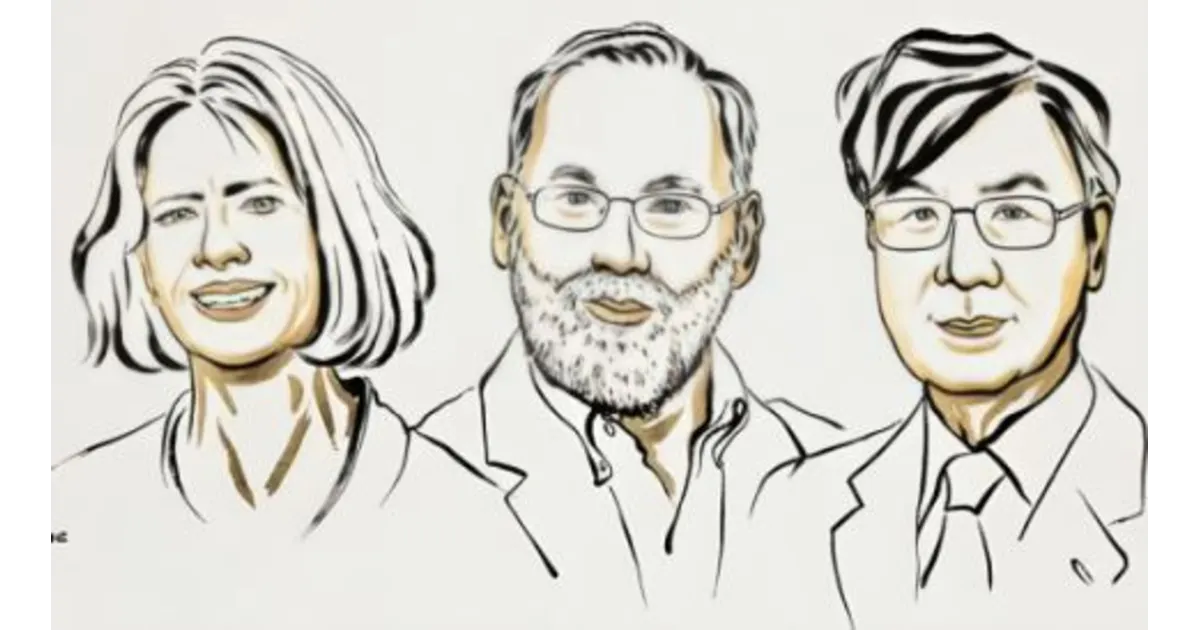
Celebrating Scientific Milestones in Immunology
The 2025 Nobel Prize in Physiology or Medicine has been awarded to three pioneering scientists—Mary E. Brunkow, Fred Ramsdell, and Shimon Sakaguchi—for their groundbreaking contributions to our understanding of the immune system. The announcement was made by the Royal Swedish Academy of Sciences in Stockholm on October 6, 2025.
The Science Behind the Award: Understanding Peripheral Immune Tolerance
The trio was honored “for their discoveries concerning peripheral immune tolerance”, a vital mechanism by which the immune system avoids attacking the body’s own tissues. Their work identified a special class of immune cells known as regulatory T cells—often referred to as the immune system’s peacekeepers.
These regulatory T cells play a central role in preventing autoimmune reactions by suppressing overactive immune responses. According to Olle Kämpe, chair of the Nobel Committee, these discoveries have been crucial to understanding why most people do not develop serious autoimmune diseases despite having highly active immune systems.
Sakaguchi’s 1995 Breakthrough: The First Clue
Back in 1995, the dominant theory was that immune tolerance was controlled primarily through a process called central tolerance. However, Shimon Sakaguchi made a paradigm-shifting discovery when he identified an entirely new class of immune cells capable of preventing autoimmunity. These cells, although not fully understood at the time, would later be recognized as regulatory T cells.
The Foxp3 Gene Discovery: Brunkow and Ramsdell’s Pivotal Contribution
Fast forward to 2011, when Mary Brunkow and Fred Ramsdell made a critical observation. They found that a particular strain of mice prone to autoimmune disorders carried a mutation in a gene they named Foxp3. This gene turned out to be a key player in immune regulation.
Further studies revealed that mutations in the human version of Foxp3 result in a rare but severe autoimmune condition known as IPEX syndrome—a discovery that established a direct link between genetics and immune regulation.
The Unifying Insight: Sakaguchi’s 2013 Revelation
In 2013, Sakaguchi closed the scientific loop by demonstrating that the Foxp3 gene is essential for the development of the very regulatory T cells he had discovered in 1995. This revelation confirmed that Foxp3 serves as a master regulator of immune tolerance and immune system balance. The cells not only suppress autoimmune responses but also help maintain immune homeostasis by monitoring other immune cells.
The Laureates and Their Ongoing Work
- Mary E. Brunkow holds a Ph.D. from Princeton University and currently serves as Senior Program Manager at the Institute for Systems Biology in Seattle.
- Fred Ramsdell is a Scientific Advisor at Sonoma Biotherapeutics, a company focusing on T cell-based immunotherapies.
- Shimon Sakaguchi is a Distinguished Professor at the Immunology Frontier Research Center at Osaka University, Japan.
Their collective efforts have not only reshaped immunology but also opened new doors for treatments of autoimmune diseases, organ transplantation, and cancer immunotherapy.






